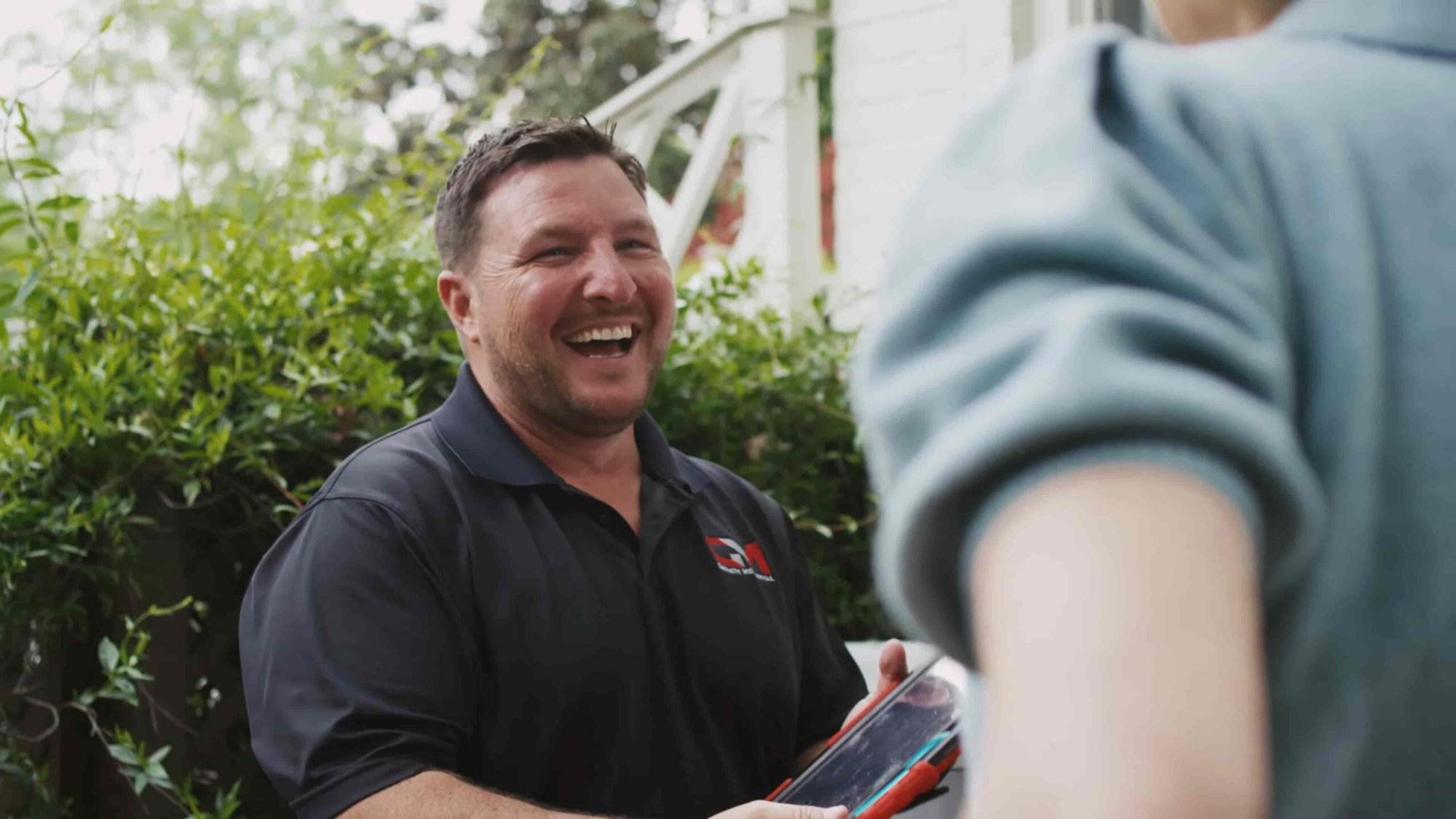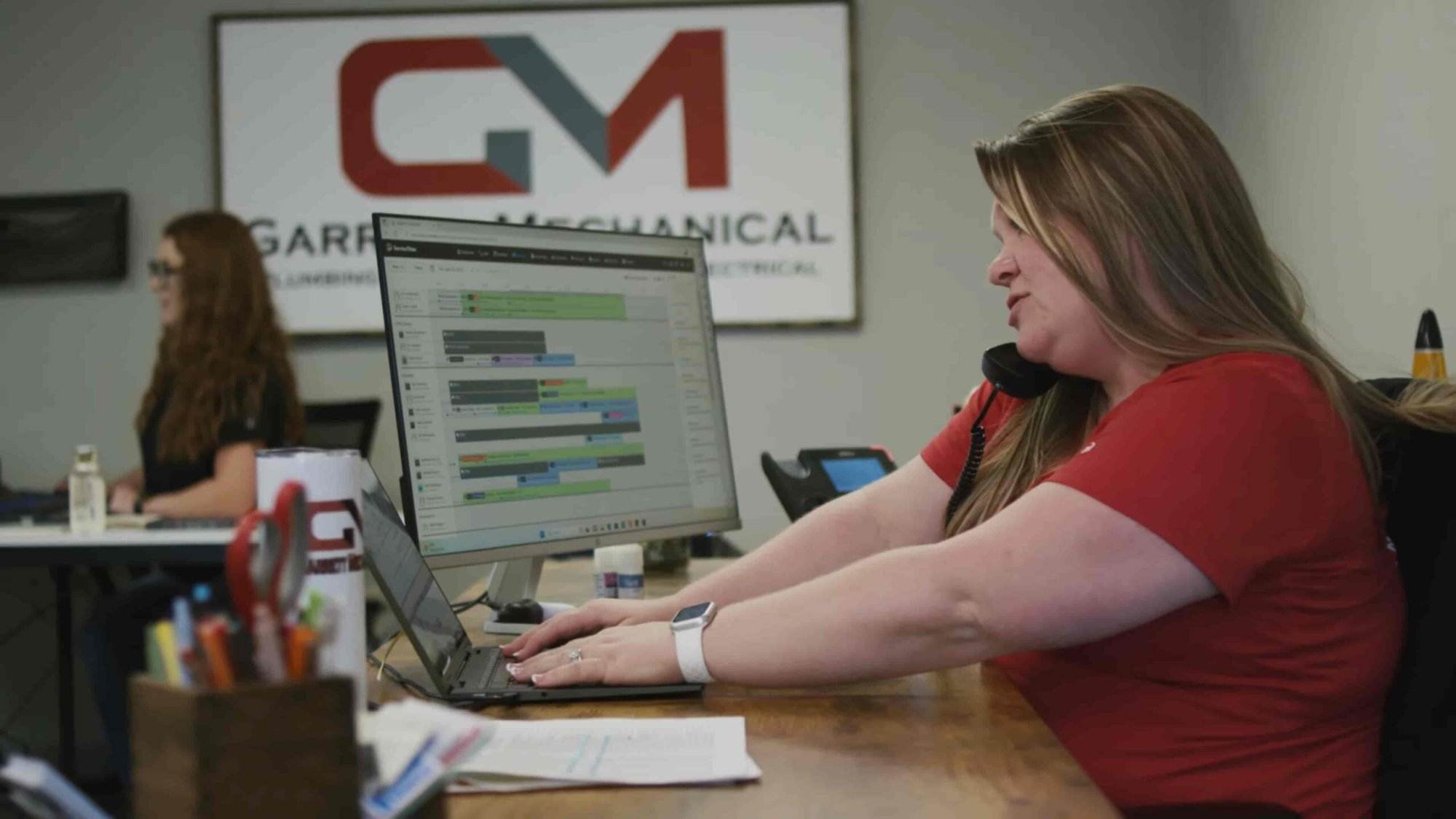
Ceiling Fan Installation Dos and Don'ts: Advice from a Marietta Electrician
Introduction
If Garrett Mechanical Plumbing, Heating & Air, Electrical in Marietta, GA you're looking to install a ceiling fan in your home, it's important to follow the proper dos and don'ts to ensure a safe and efficient installation. In this article, we'll provide you with expert advice from a Marietta electrician on the dos and don'ts of ceiling fan installation. Whether you're a seasoned DIYer or hiring a professional, these tips will help guide you through the process and avoid common mistakes. So let's dive in!
Hiring an Expert: Garrett Mechanical Plumbing, Heating & Air, Electrical in Marietta, GA
Before we delve into the dos and don'ts of ceiling fan installation, it's crucial to emphasize the importance of hiring a reputable electrician for any electrical work in your home. When it comes to electrical services in Marietta, GA, Garrett Mechanical Plumbing, Heating & Air is the go-to choice for many homeowners. Their team of experienced electricians is well-equipped to handle all your electrical needs with professionalism and expertise.

Dos of Ceiling Fan Installation
1. Do Choose the Right Location
When installing a ceiling fan, it's essential to select the right location. The ideal spot should be in the center of the room and provide sufficient clearance from walls and furniture. This ensures optimal airflow and prevents any potential hazards or obstructions.
2. Do Check for Wiring Compatibility
Before installing a ceiling fan, check if your existing wiring is compatible with the fan's requirements. If not, consider hiring an electrician to upgrade your wiring system. This will ensure safe operation and prevent any electrical issues down the line.
3. Do Use Support Braces or Boxes
To ensure stability and safety, always use support braces or boxes when mounting your ceiling fan. These devices provide additional support and prevent any wobbling or loosening of the fan over time.
4. Do Follow Manufacturer's Instructions
Each ceiling fan comes with specific installation instructions provided by the manufacturer. It's crucial to carefully read and follow these instructions to ensure a successful installation. This includes proper wiring connections, mounting techniques, and safety precautions.
5. Do Test the Fan before Finalizing Installation
Before completing the installation process, it's important to test the fan to ensure it's functioning properly. Check for any unusual noises, wobbling, or issues with the motor. Addressing these concerns early on will save you from potential headaches later.
6. Do Seek Professional Help When Needed
While installing a ceiling fan can be a DIY project for some, it's important to know your limits. If you're unsure about any aspect of the installation process or encounter difficulties along the way, don't hesitate to seek professional help from a Marietta electrician. They have the experience and knowledge to handle any electrical challenges that may arise.
Don'ts of Ceiling Fan Installation
1. Don't Overload Circuits
One common mistake homeowners make when installing ceiling fans is overloading circuits. Ensure that your electrical system can handle the additional load of the fan without causing any electrical issues or tripping circuit breakers.
2. Don't Neglect Proper Wiring Techniques
Improper wiring is a significant safety hazard and can lead to electrical fires or shocks. Avoid using improper wiring techniques such as loose connections, exposed wires, or using incorrect wire gauges. Always follow industry standards and consult an electrician if you're unsure.
3. Don't Forget Grounding
Proper grounding is essential for any electrical installation, including ceiling fans. Neglecting grounding can result in electrical malfunctions and pose a risk to your safety. Ensure that your ceiling fan is properly grounded according to local electrical codes.
4. Don't Ignore Ceiling Height
Ceiling fans come in various sizes, and it's important to choose one that is appropriate for your ceiling height. Installing a fan that is too large for your space can lead to safety hazards and hinder proper airflow.
5. Don't Install Fans without Proper Support
Never attempt to install a ceiling fan without the proper support. Using makeshift support or not securing the fan correctly can result in accidents and damage to your ceiling.
6. Don't Neglect Regular Maintenance
Once your ceiling fan is installed, regular maintenance is crucial for its longevity and efficiency. Dusting the blades, lubricating moving parts, and checking for any loose screws are essential maintenance tasks that should be performed periodically.
Frequently Asked Questions (FAQs)
Q: Can I install a ceiling fan on my own? A: While it's possible to install a ceiling fan as a DIY project, it's recommended to hire a professional electrician for optimal safety and performance.
Q: How long does it take to install a ceiling fan? A: The installation time depends on various factors such as the complexity of the wiring, mounting requirements, and any additional customization needed. On average, it can take anywhere from one to three hours.


Q: Can I install a ceiling fan where there is no existing electrical box? A: No, it's not safe or recommended to install a ceiling fan without an existing electrical box. An electrician can properly install an electrical box if one doesn't already exist.
Q: What type of ceiling height is suitable for installing a fan? A: Generally, ceilings that are at least eight feet high are suitable for installing ceiling fans. However, if your ceiling is higher than this, you may need an extension rod or downrod to ensure proper air circulation.
Q: How often should I clean and maintain my ceiling fan? A: It's recommended to clean your ceiling fan at least once every three months. Regular maintenance tasks, such as dusting the blades and checking for loose screws, should be performed periodically.
Q: Can a ceiling fan help lower energy costs? A: Yes, ceiling fans can help lower energy costs by improving air circulation and reducing reliance on air conditioning. However, it's important to use them efficiently by turning them off when not in use.
Conclusion
Proper installation of a ceiling fan is crucial for both safety and performance. By following the dos and don'ts outlined in this article, you can ensure a successful installation that will provide comfort and efficiency for years to come. Remember to hire a reputable electrician like Garrett Mechanical Plumbing, Heating & Air for any electrical services in Marietta, GA, and don't hesitate to seek professional help if needed. Stay safe and enjoy the benefits of a well-installed ceiling fan!